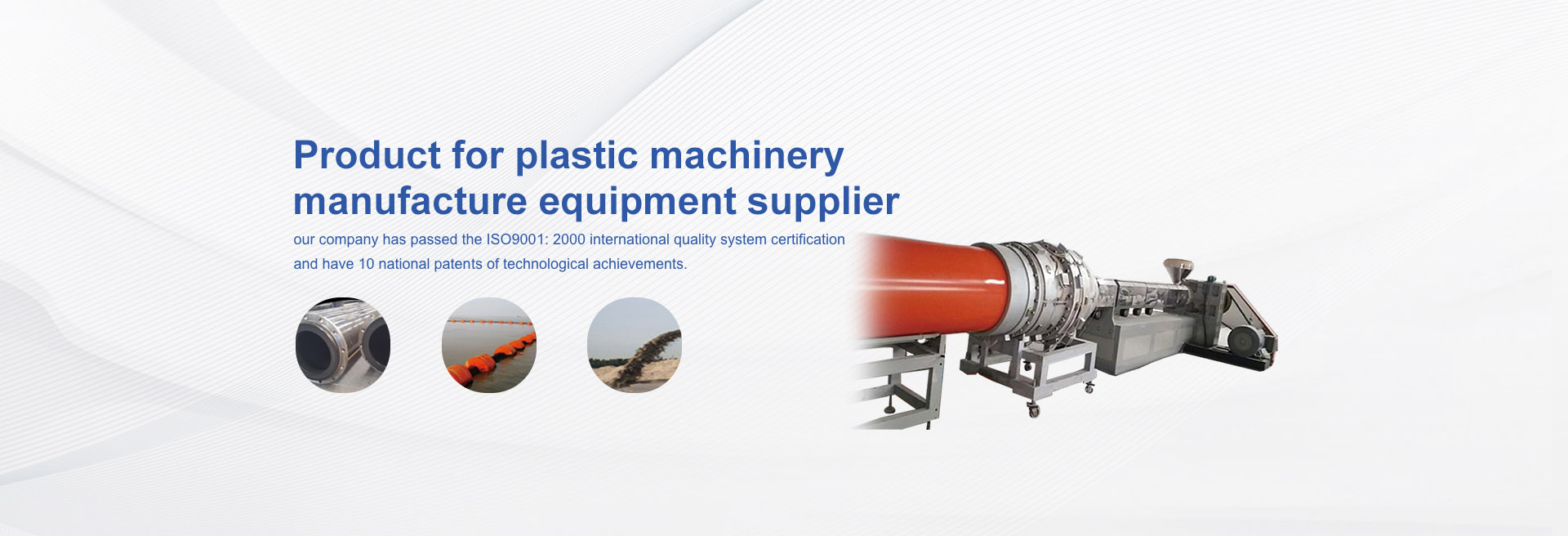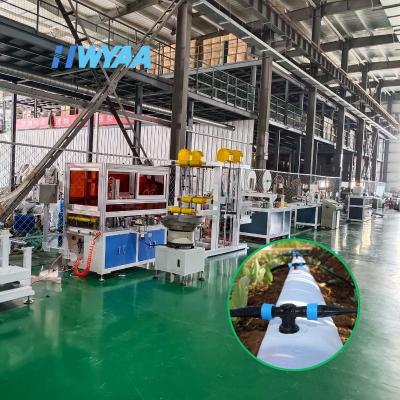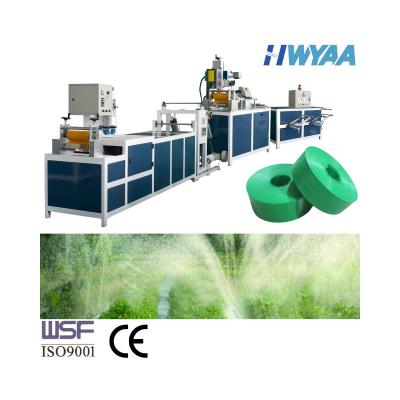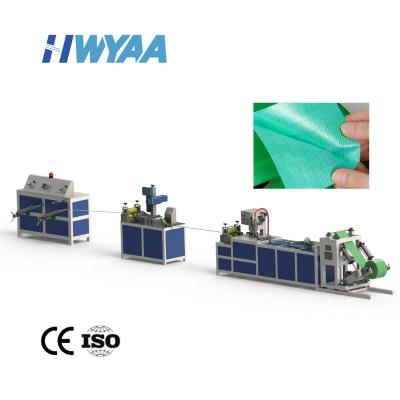Several classifications of plastic pipe production equipment products
Plastic pipes have been used in water supply and drainage systems in developed countries in Europe and America for more than 70 years. It has become the norm for production technology, quality standards, design and construction. There are many varieties, and it has been widely used in developed countries and regions such as Europe and the United States. In China, although the plastic pipe industry started late, it has developed rapidly. The production of plastic pipes began in the 1970s, and the application of plastic pipes in engineering construction began in the early 1980s. After that, the state issued a series of policies and measures, proposed the application scope and development goals of various plastic pipes, and the development trend of plastic pipes gradually appeared. There is no high energy consumption and high pollution. The large-scale promotion of plastic pipes in residential construction, urban municipal engineering, transportation construction, agricultural irrigation and other fields has effectively promoted the rapid development of China's plastic pipe industry. China has become a major country in the production and application of plastic pipes.
Plastic pipes are light, corrosion resistant, high compressive strength, sanitary, flow resistance, energy saving, metal saving, living environment improved, service life extended, and easy to install. They are favored by pipeline engineering companies. It is widely used in construction engineering. Plastic pipe is a common chemical building material. Its excellent performance and high cost are well received by users. So, let’s take a look at the classification of plastic pipes today and take you to understand the products of plastic pipe production equipment.
There are currently six common plastic pipe production equipment products on the market:
1. Rigid PVC plastic pipe, commonly known as rigid PVC pipe. Plastic pipe production equipment is light in weight, low in strength, good in self-extinguishing, and good in chemical stability. It is suitable for drainage, sewage, ventilation, etc.
2. Polyethylene, commonly known as polyethylene pipe, can be further divided into high-density polyethylene pipe, medium-density polyethylene pipe and low-density polyethylene pipe according to its density. High density, high strength, high temperature resistance, suitable for urban gas and water supply pipelines; medium density has general stiffness and strength, but soft and good creep resistance; low density has certain flexibility, ductility and impact resistance. Has good chemical stability and high-frequency insulation properties. It is suitable for rural irrigation, power supply, wired communication, etc.
3. Polyethylene pipe, commonly known as PE-X pipe. The invention has good memory, environmental protection, chemical, corrosion resistance, high temperature resistance and other properties, and can be used in building cooling and heating systems, such as heating pipelines, central air conditioning pipelines, hot water supply pipelines, and the like. It can also be used in food pipelines in the food industry.
4. Special-shaped copolymer polypropylene pipe, commonly known as PP-R pipe. Non-toxic, odorless and hygienic. It has good heat and frost resistance and is an ideal material for hot and cold water pipes. It is suitable for civil and industrial buildings cold and hot drinking water supply systems, beverage production and transportation systems, hot water supply systems, air conditioners, etc.
5. Human polyethylene, commonly known as lead pipe, has high strength, creep resistance, simple installation and convenient operation. But because of its high price, small diameter, and susceptibility to certain aromatic hydrocarbons and chlorinated solvents, it is banned.
6. PAN-butadiene-styrene tube, commonly known as ABS tube. It has good heat resistance, corrosion resistance, creep resistance, non-toxic, odorless, sanitary and clean, but it has poor heat transfer and is not suitable for sun exposure. Foreign countries are usually used for sewage treatment, irrigation, underground water supply, etc. Households are generally used for indoor water supply, transportation of corrosive media, etc.






